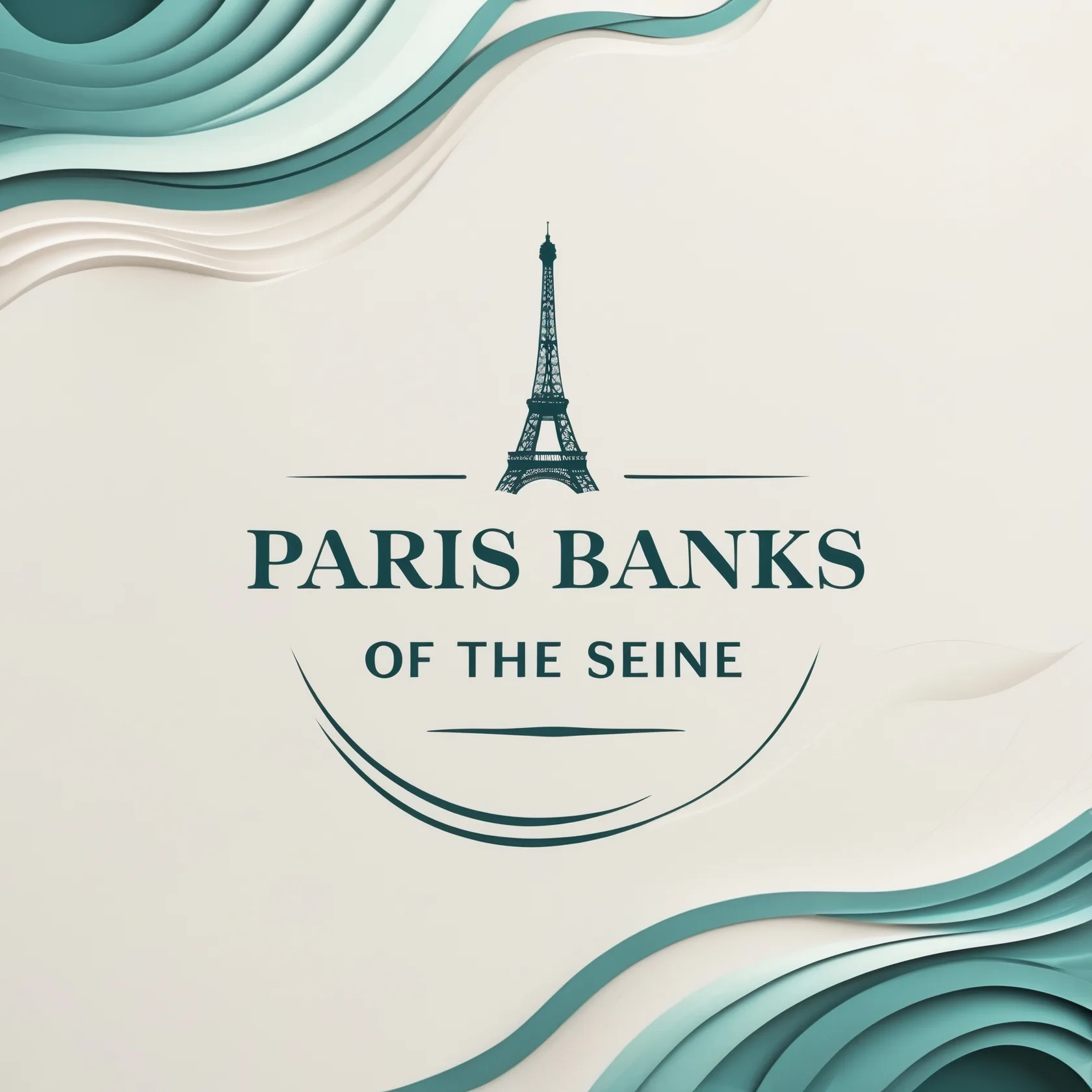The Belle Époque, meaning “Beautiful Era,” was a period of optimism, economic prosperity, and flourishing artistic and cultural innovation in Western Europe, particularly in Paris. Roughly spanning from the end of the Franco-Prussian War in 1871 to the outbreak of World War I in 1914, it was a golden age that profoundly shaped the modern identity of Paris.
«Прекрасная эпоха»: искусство, культура и перемены в Париже
This era was characterized by relative peace, rapid industrialization, and significant technological and scientific advancements. In Paris, these factors converged to create a vibrant, effervescent atmosphere where life was lived with gusto, and creativity knew few bounds.
Artistic Innovation & Flourishing Movements
The Belle Époque was a crucible of artistic experimentation, moving beyond academic traditions to explore new forms, subjects, and expressions.
- Impressionism & Post-Impressionism: While Impressionism had begun slightly earlier, its full impact and the subsequent Post-Impressionist movements (like Neo-Impressionism, Symbolism, and Fauvism emerging towards the end of the period) truly flourished. Artists like Claude Monet, Pierre-Auguste Renoir, Edgar Degas, Paul Cézanne, Vincent van Gogh, и Paul Gauguin continued to explore light, color, and subjective experience, capturing modern life and landscapes with unprecedented vitality.
- Art Nouveau: This was the quintessential visual style of the Belle Époque. Characterized by its organic, flowing lines, natural motifs (flowers, plants, insects), and sinuous forms, Art Nouveau rejected the rigid historicism of earlier styles.
- Architecture: Hector Guimard’s iconic Paris Metro entrances (with their distinctive green ironwork and elaborate signage) are prime examples. Other architects embraced fluid lines and decorative elements in buildings, like the work of Jules Lavirotte.
- Decorative Arts: Applied to furniture, jewelry (René Lalique), glassware (Émile Gallé), and graphic arts (posters by Alphonse Mucha).
- Painting: Artists like Gustav Klimt (though primarily in Vienna, his influence spread) and Henri de Toulouse-Lautrec (with his bold posters) embody aspects of Art Nouveau’s decorative and expressive qualities.
- Symbolism & Decadence: Literary and artistic movements that explored dreams, mythology, mysticism, and often darker, more complex psychological themes, as a counterpoint to the era’s optimism.
- The Rise of Modern Art: The seeds of Cubism and other avant-garde movements were sown towards the end of the Belle Époque, leading into the revolutionary artistic shifts of the 20th century.
Café Society & Entertainment
Parisian life spilled onto the streets and into its vibrant social hubs.
- Café Culture: Cafés like Les Deux Magots и Café de Flore (though their peak literary fame came later) became essential meeting places for artists, writers, and intellectuals to debate ideas, showcase work, and simply “see and be seen.” They were informal salons.
- Cabarets and Music Halls: This was the golden age of Parisian entertainment. Places like the Moulin Rouge (opened 1889) and the Folies Bergère became world-famous for their risqué can-can dancers, theatrical shows, and vibrant atmosphere. They offered a spectacle of light, music, and a celebration of a more liberated spirit.
- Balls and Salons: High society engaged in lavish balls, while intellectual and artistic salons continued to host discussions and artistic showcases.
Optimism, Progress & Iconic Figures
The prevailing mood was one of progress, innovation, and a belief in a brighter future.
- Technological Advancements: The widespread adoption of electricity (leading to Paris being dubbed the “City of Lights”), the invention of the automobile, the telephone, and the phonograph transformed daily life and fueled a sense of boundless possibility.
- Universal Expositions (World’s Fairs): Paris hosted spectacular Universal Expositions in 1889 и 1900, showcasing technological prowess and cultural achievements.
- The Эйфелева башня, built for the 1889 Exposition, was initially controversial but quickly became the enduring symbol of Parisian modernity and engineering triumph.
- The Grand Palais и Petit Palais were built for the 1900 Exposition, demonstrating architectural grandeur and artistic ambition.
- Iconic Figures: Beyond the artists, figures like the can-can dancers (La Goulue), cabaret stars, and socialites became celebrities, embodying the era’s vivacious spirit.
Flourishing Areas of Paris
Specific neighborhoods became epicenters of the Belle Époque’s energy:
- Montmartre: This hilltop village transformed into a bohemian haven for artists, writers, and musicians. Its affordable rents, picturesque streets, and lively nightlife (cabarets like the Moulin Rouge and Le Chat Noir) attracted a vibrant creative community. The construction of the Базилика Сакре-Кёр also defined its skyline.
- Opéra District: Around the magnificent Opéra Garnier, this area became a hub for high society, grand boulevards, department stores (like Printemps and Galeries Lafayette), and elegant cafes, reflecting the era’s prosperity and consumerism.
- Grand Boulevards: Lined with theatres, cafes, and restaurants, these wide avenues were the stage for Parisian social life, perfect for strolling and people-watching.
The Belle Époque was a brief but intensely influential period. It was a time when Paris truly solidified its reputation as the world’s cultural capital, a crucible of modernity and a beacon of artistic freedom and joyful living. Though its end was marked by the devastating realities of World War I, its legacy continues to shape the city’s allure and its enduring artistic spirit.
